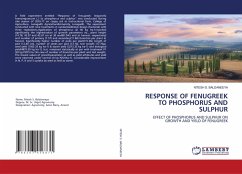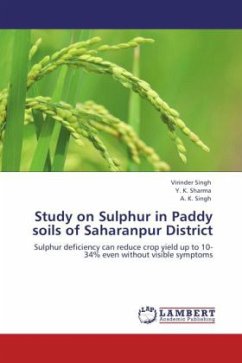
Study on Sulphur in Paddy soils of Saharanpur District
Sulphur deficiency can reduce crop yield up to 10-34% even without visible symptoms
Versandkostenfrei!
Versandfertig in 6-10 Tagen
45,99 €
inkl. MwSt.

PAYBACK Punkte
23 °P sammeln!
It is of utmost importance to have the knowledge of sulphur status of soils, its different fractions and its uptake in order to assess the growing needs of sulphur in agriculture. In India, S- deficiency is found in almost 40% of the cultivated area. It is one of the important forth major plant nutrients and needed for making efficient use of other nutrients and essential for amino acids, proteins, vitamins and chlorophyll synthesis. Its deficiency becomes serious problem due to greater sulphur removal by multiple cropping with high yield crop. The continuous use of high analysis sulphur free ...
It is of utmost importance to have the knowledge of sulphur status of soils, its different fractions and its uptake in order to assess the growing needs of sulphur in agriculture. In India, S- deficiency is found in almost 40% of the cultivated area. It is one of the important forth major plant nutrients and needed for making efficient use of other nutrients and essential for amino acids, proteins, vitamins and chlorophyll synthesis. Its deficiency becomes serious problem due to greater sulphur removal by multiple cropping with high yield crop. The continuous use of high analysis sulphur free fertilizers in recent years throughout the world has led to a marked increase in the incidence of S-deficiency in crops. Even without visible symptoms, sulphur deficiency can reduce crop yield up to 10-34%. The problem is likely to become imminent in the future as the level of native available sulphur gets depleted to below its critical concentration.




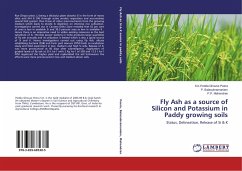
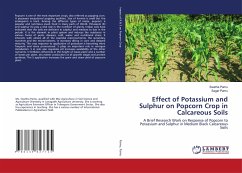


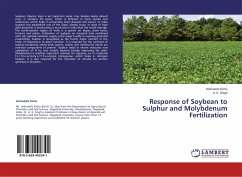
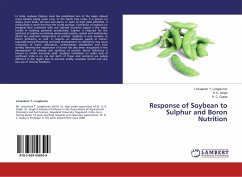
![Sulphur Pools in Long Term Field Experiment [LTFE] Cover Sulphur Pools in Long Term Field Experiment [LTFE]](https://bilder.buecher.de/produkte/63/63981/63981294n.jpg)
